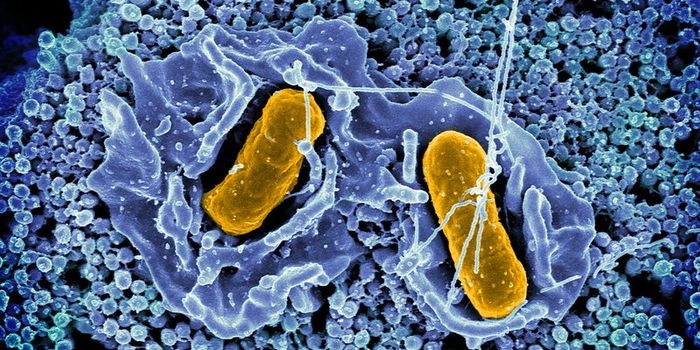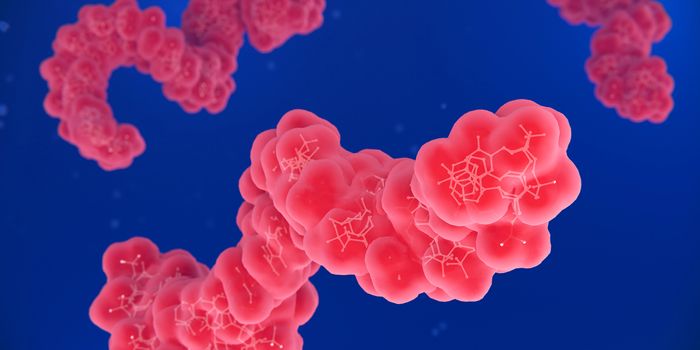Assessing Gene Therapy Approaches for Down Syndrome
Decades ago, researchers showed that Down syndrome (also known as trisomy 21), was caused when individuals carried an extra copy of chromosome 21. Down syndrome is also the most common genetic cause of cognitive dysfunction. But little research has explored how gene editing tools could potentially be used to treat this condition. A new study reported in PNAS Nexus sought to do that, even though the applications of gene therapy in humans are still quite limited.
In this proof-of-principle study, the researchers aimed to cut or cleave the extra copy of chromosome 21 with CRISPR-Cas9 gene editing tools. They did so in cell lines such as skin fibroblasts and pluripotent stem cells.
One challenge with this approach is that the researchers could not simply eliminate one of the copies of chromosome 21; they had to take one away such that one from each parent remained in the cells.
The study showed that this was possible, and that duplicated chromosomes could be removed from both types of cells. This method was more efficient and more of the duplicated chromosomes were removed when the researchers also suppressed a cellular pathway that repairs chromosomal DNA damage.
Gene expression was shown to be normal after the removal of the duplicate chromosome, and the cells appeared to function normally as well.
This is still a long way from clinical application, and CRISPR-Cas9 is still not used in human patients in many situations. It is still illegal and considered unethical to apply this technology to human embryos that will continue through advanced stages of development. There are also still challenges to overcome as well, since this method can affect other chromosomes that are left in the cell. It is not that unusual for CRISPR-Cas9 to lead to unintended or off-target effects.
Although there is a wide range in how Down syndrome may present in different patients, it can sometimes be a devastating disease. There are no treatments for the condition. This work has shown that it may one day be possible to treat it by using gene editing in certain cell types such as neurons, or prevent Down syndrome from happening by applying a gene therapy technique at the right time during development.
Source: PNAS Nexus









